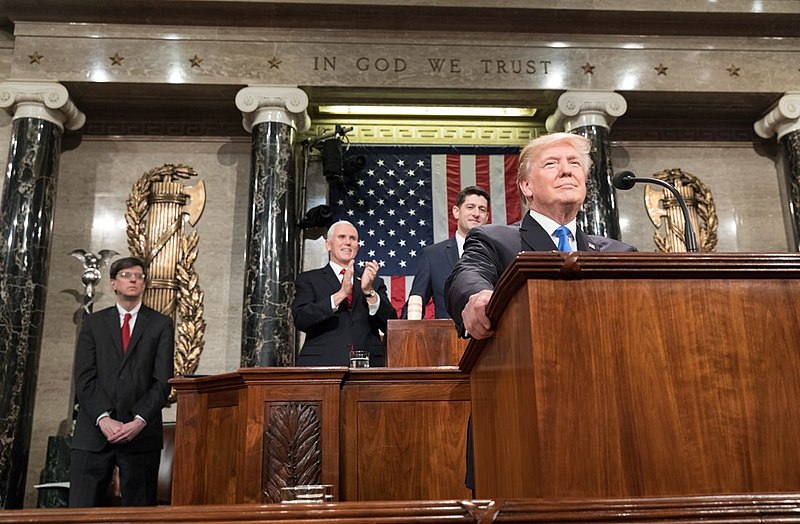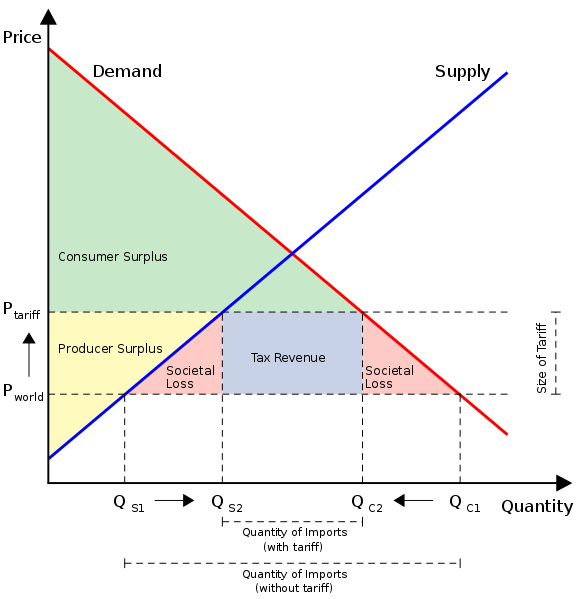For a brief 80 minutes on Tuesday night, President Trump appeared presidential.
This is fairly consistent with most of Trump’s high-profile ceremonial speeches. Gone were the Twitter tirades and mocking nicknames; in their place was a wall of dense patriotic rhetoric, uplifting metaphors and vague promises of a better future. Echoing his inauguration speech, Trump’s first State of the Union Address touched on protectionist measures, manufacturing, and American pride, with one significant difference – instead of appealing to his fiery alt-right base, he attempted to win the hearts of mainstream Republicans.
It’s no surprise that, in the face of major criticism from his own party, Trump is attempting to play the role of the traditional politician. Like any other State of the Union Address, the speech’s first half focused on broad accomplishments that anyone could agree with – a stable economy and low unemployment rates. Trump’s overall tone was markedly dialed down; his vaguely anti-abortion stories of heroin addicts and emphasis on religion were almost Reaganistic. He showcased the successful passing of his Republican-favored tax bill and even attempted to reach across the political aisle, suggesting that a compromise with Democrats on immigration could eventually be reached.
Trump’s attempt to appeal to conservatives came at a cost, however; little of the speech was dedicated to discussion of the actual state of the union. Preston Sharp’s cemetery flag story was charming, sure, but where were Trump’s plans to help the more pressing issues veterans face – homelessness, mental illness? What about his foreign policy? His one-sentence dedication to his policy on North Korea – “We are waging a campaign of maximum pressure to prevent that [nuclear war] from ever happening” – was full of bravado but suggested little in the way of dealing with the more intricate aspects of the nuclear crisis, and he never once mentioned the allegations of Russian collusion that so constantly plague his campaign. He acknowledged the increasing severity of the opioid epidemic but only offered a vague plan of “fighting the drug epidemic and helping get treatment for those in need”; his treatment of illegal immigration and terrorism was, despite promises to bridge the gap with Democrats, fear-mongering and staunchly Republican.
In other words, the driving theme behind Trump’s speech – unity – was conspicuous for its absence. When Trump said, “Tonight, I call upon on all of us to set aside our differences, to seek out common ground, and to summon the unity we need to deliver for the people,” he did little to set aside his own; talk of unity is nothing compared to a true willingness to engage in mature negotiations with the other side. Trump’s true motivations on Tuesday night had more to do with calling Republicans back into the flock than bringing together an increasingly polarized nation. His first State of the Union address was not designed to reunite but to reassure.












